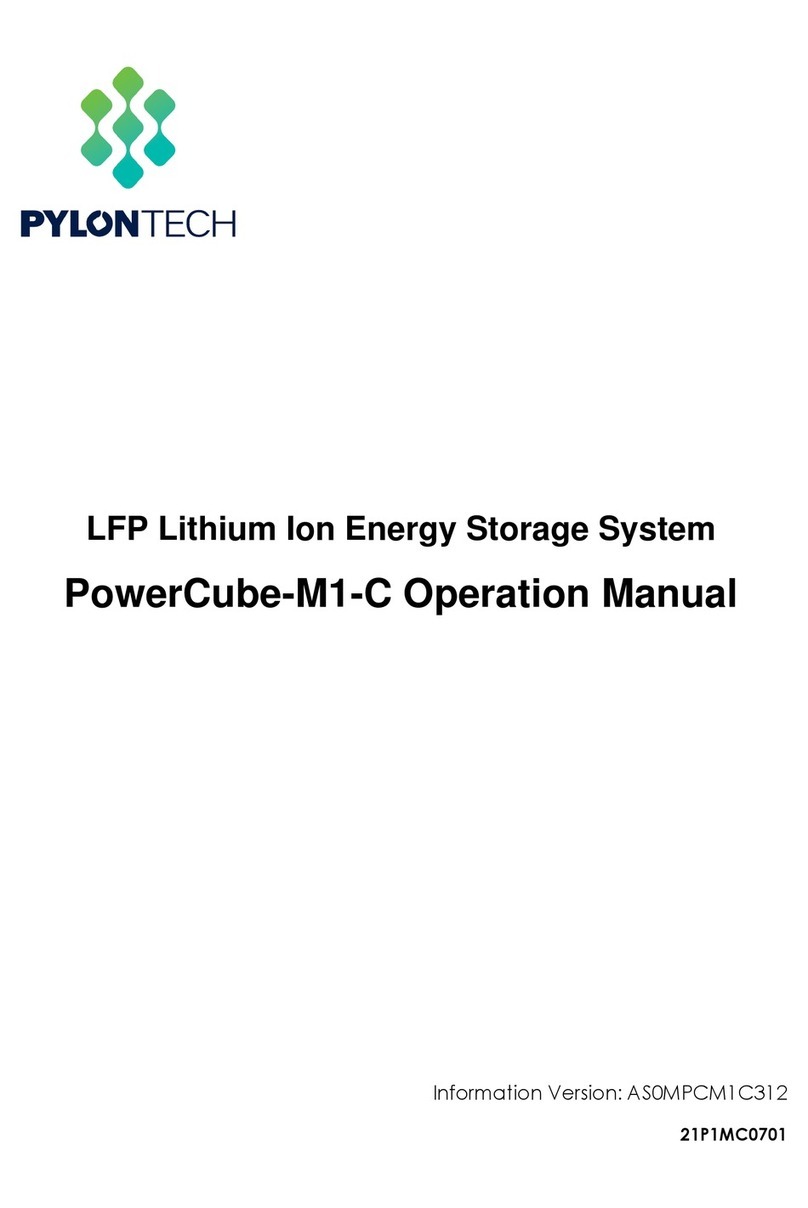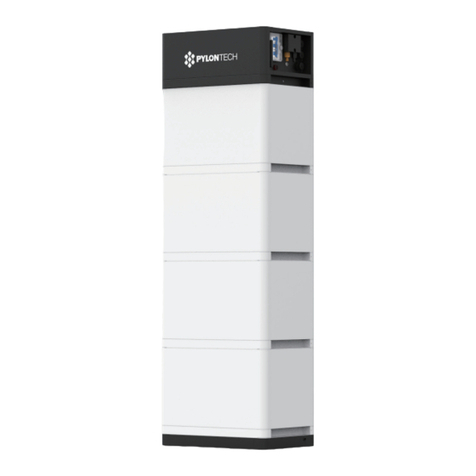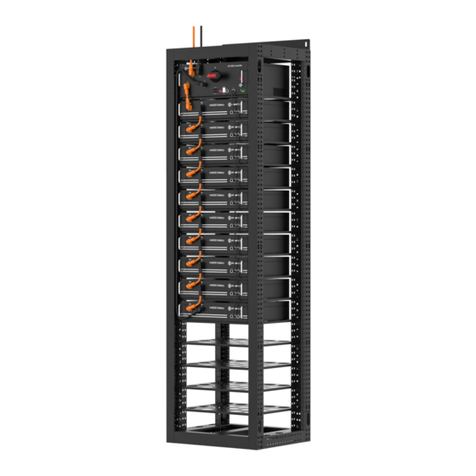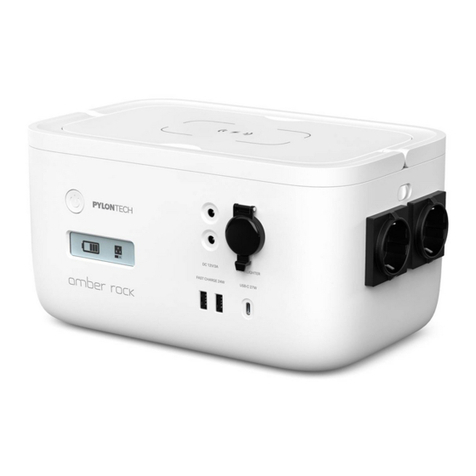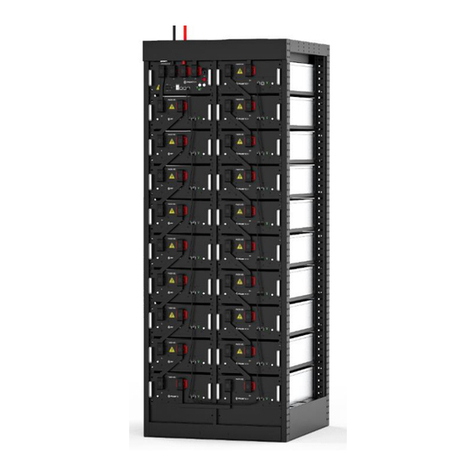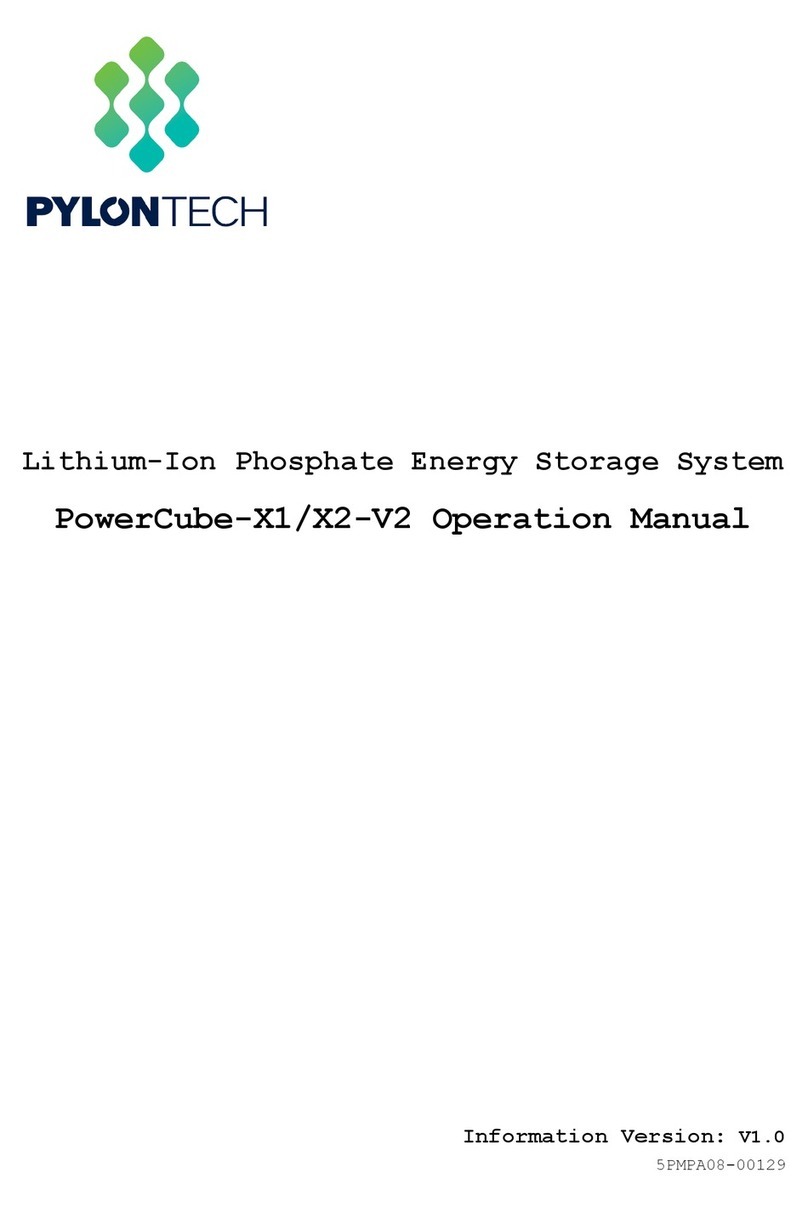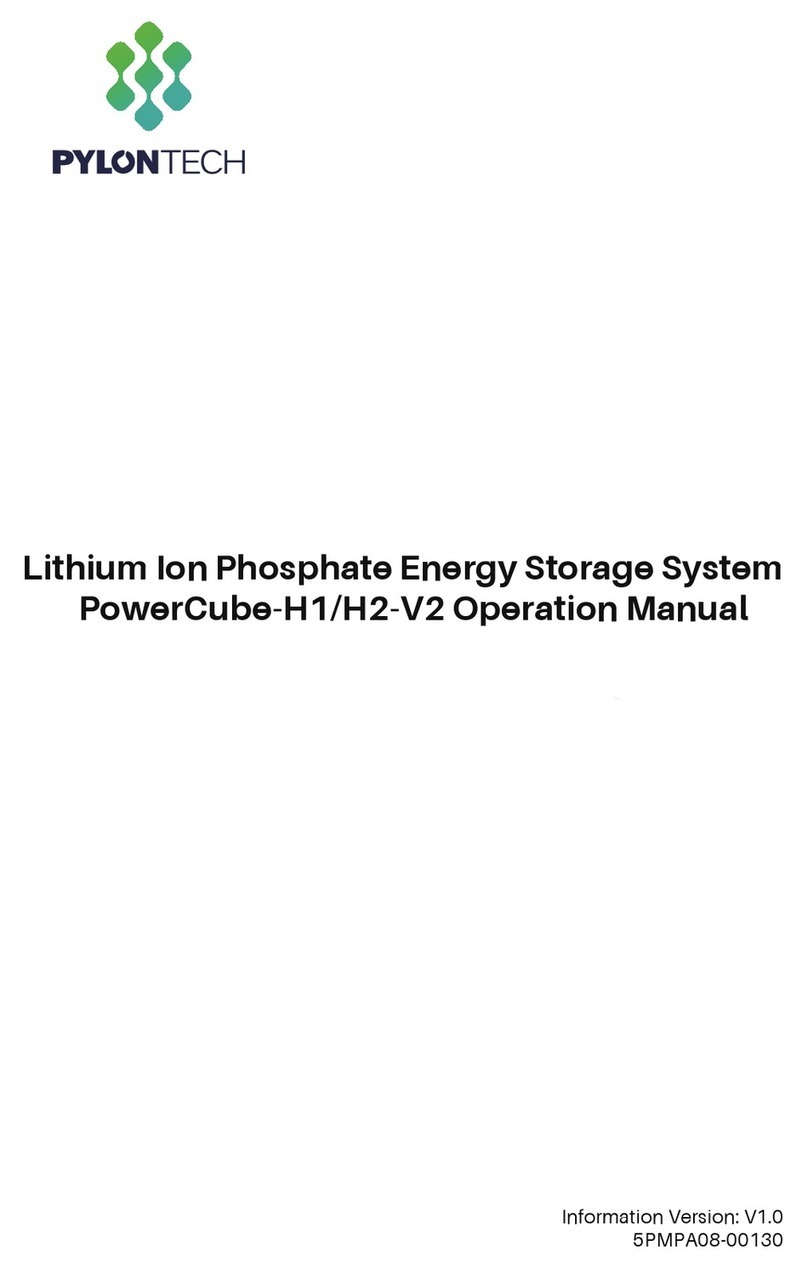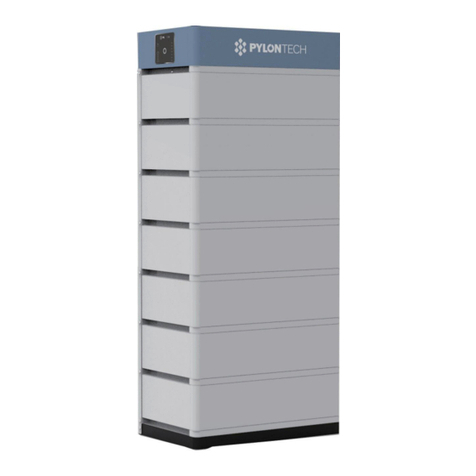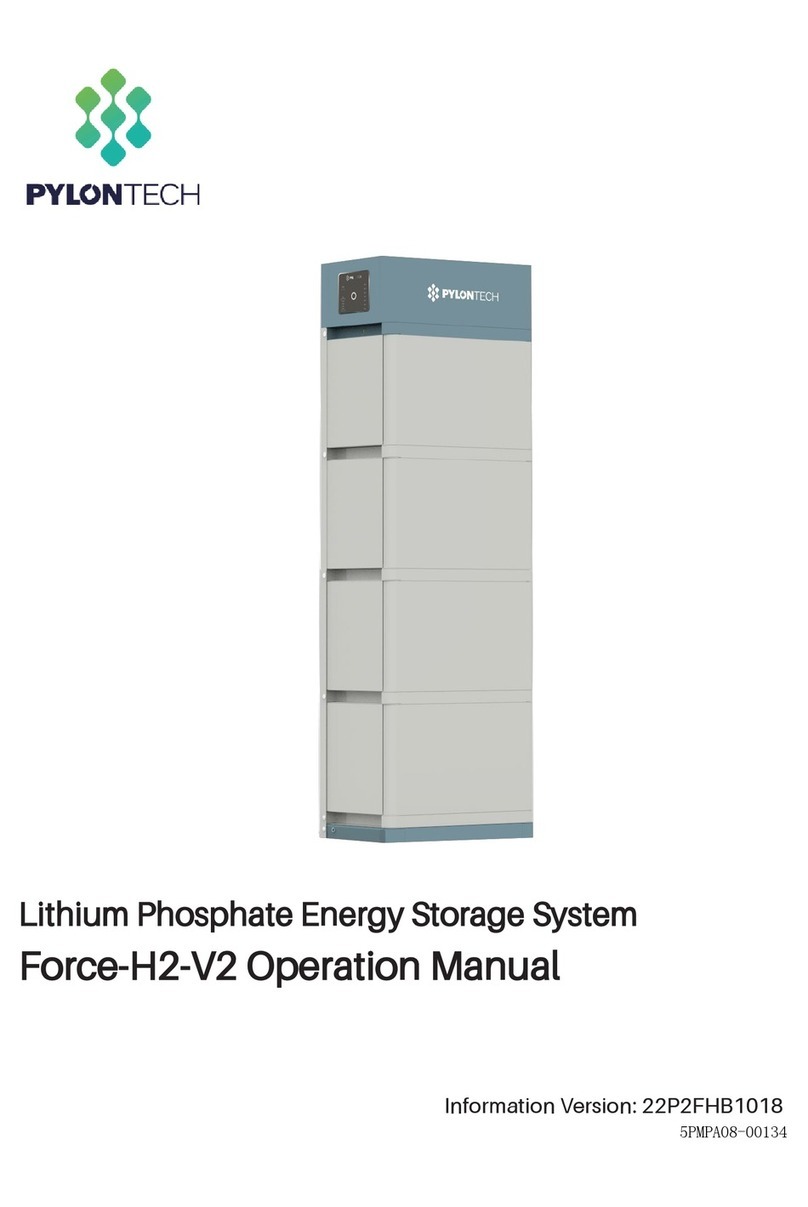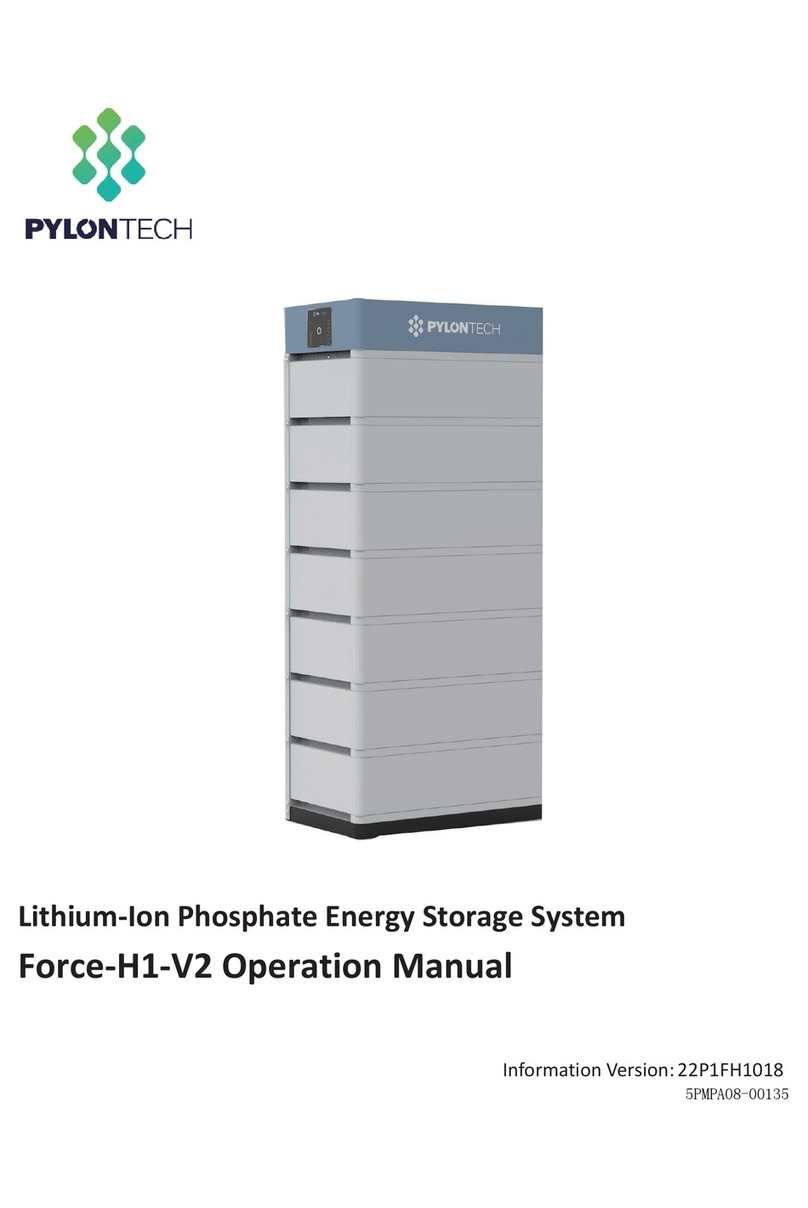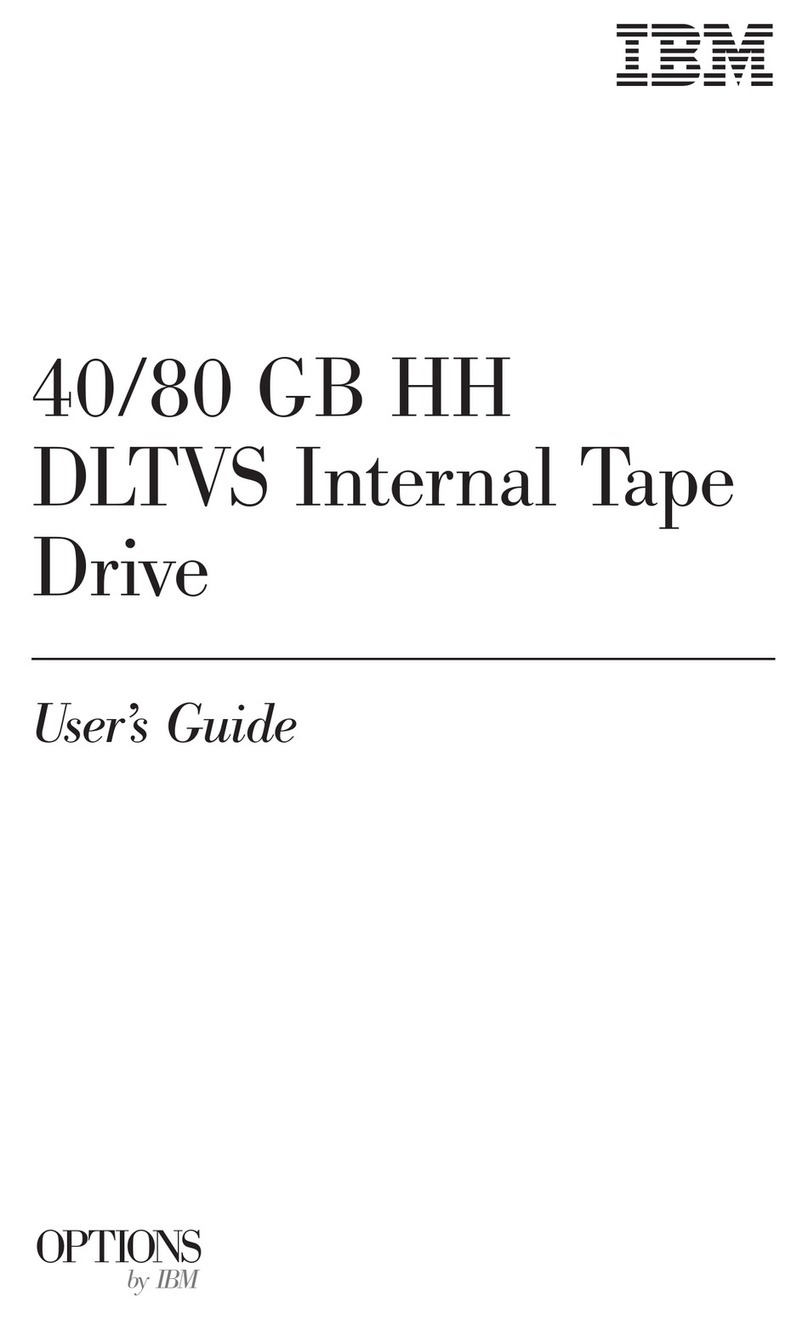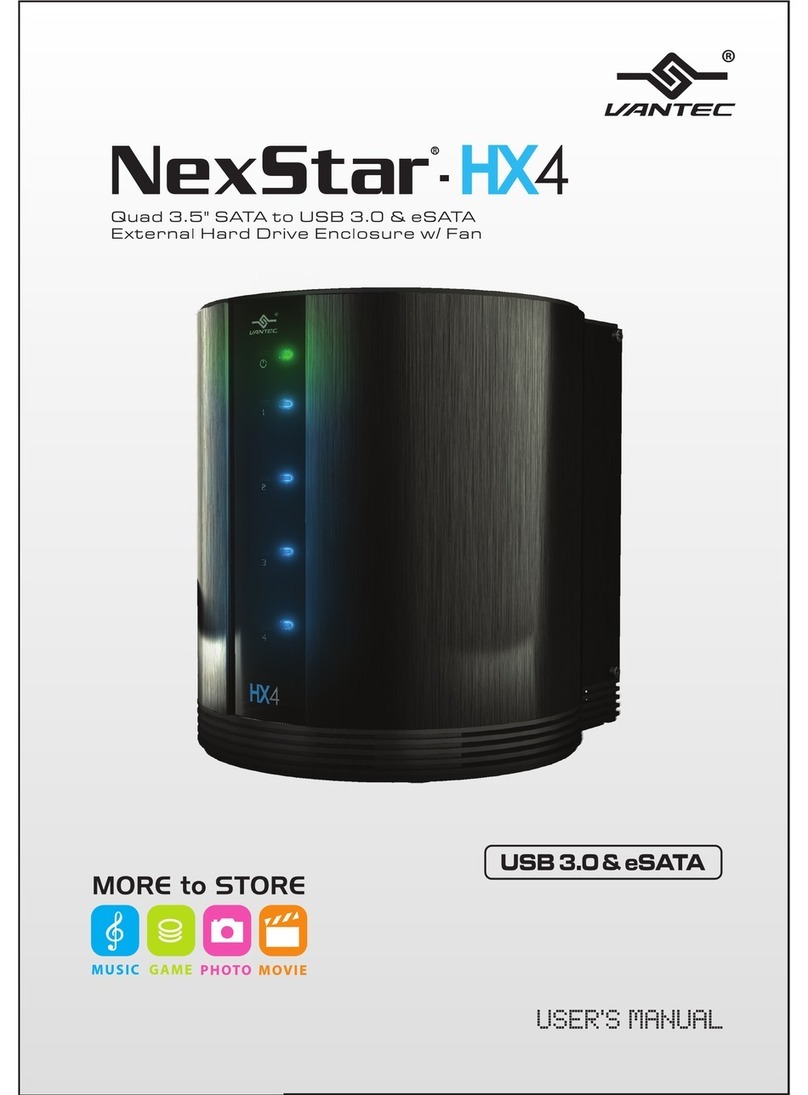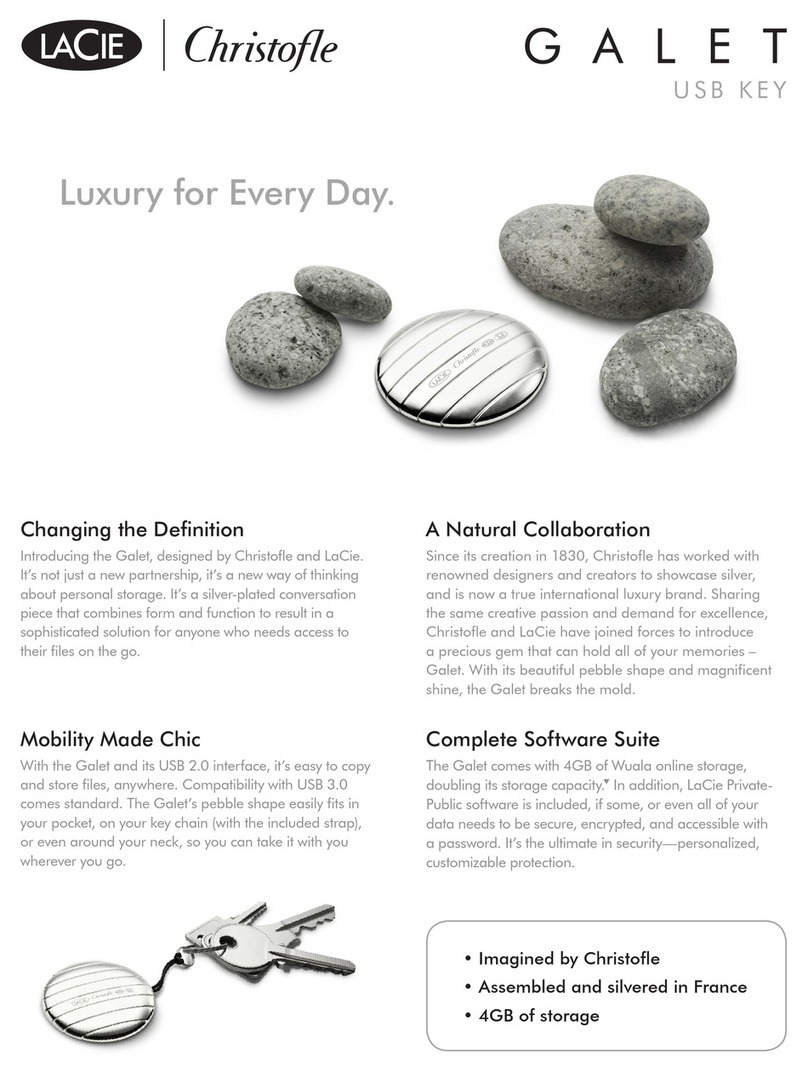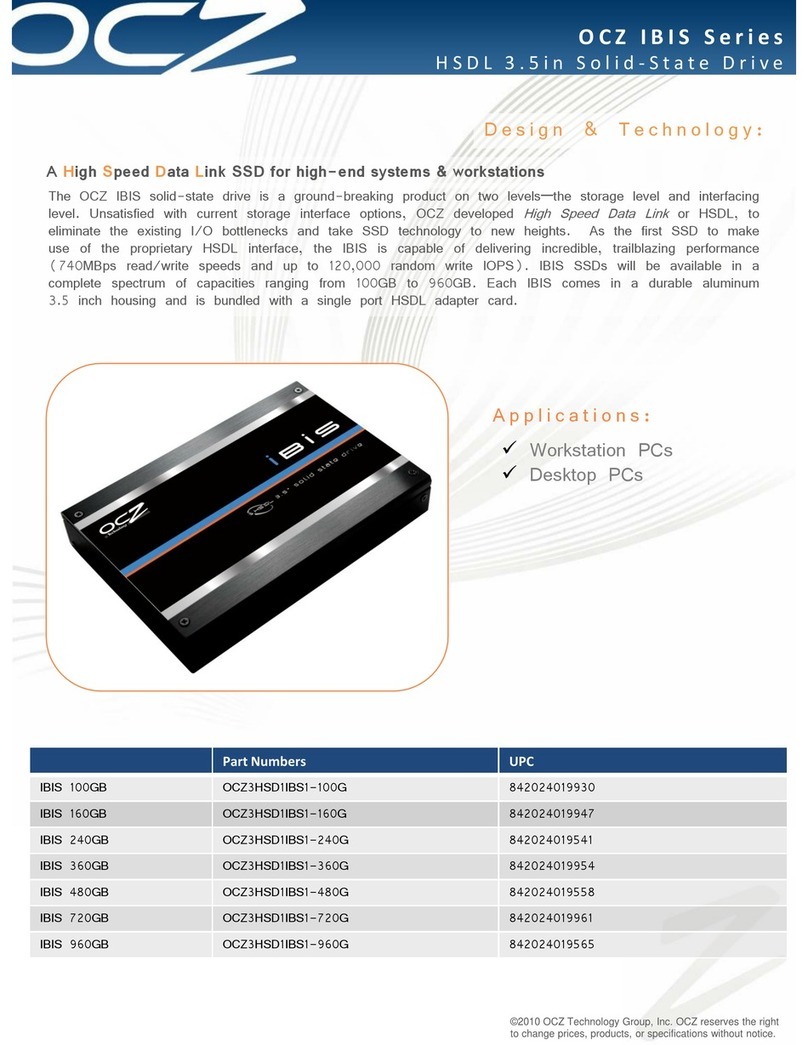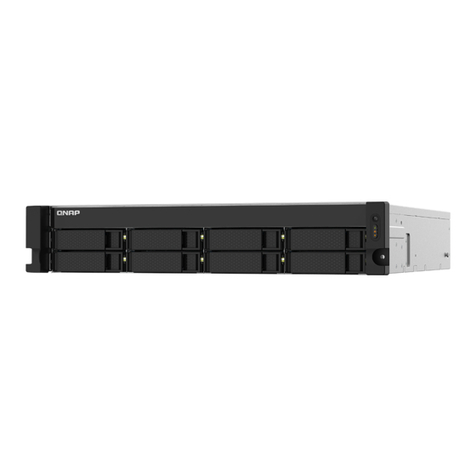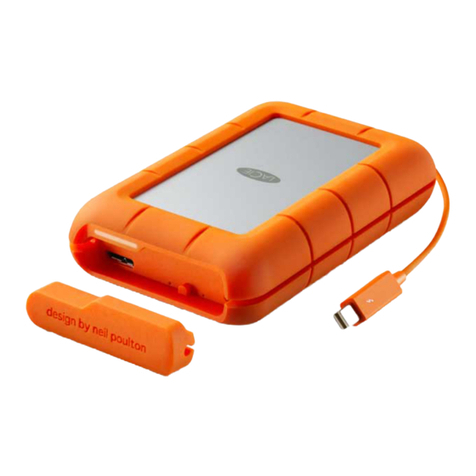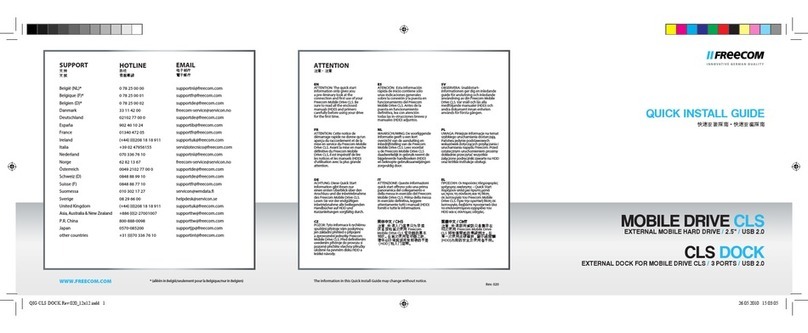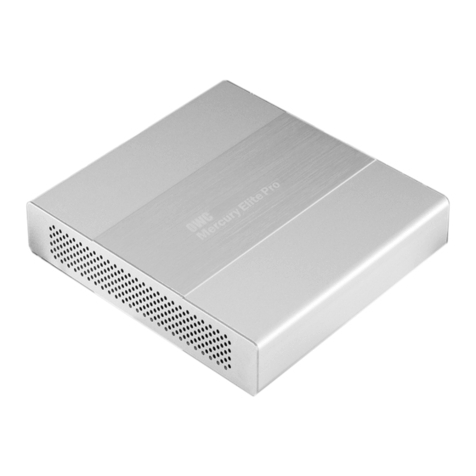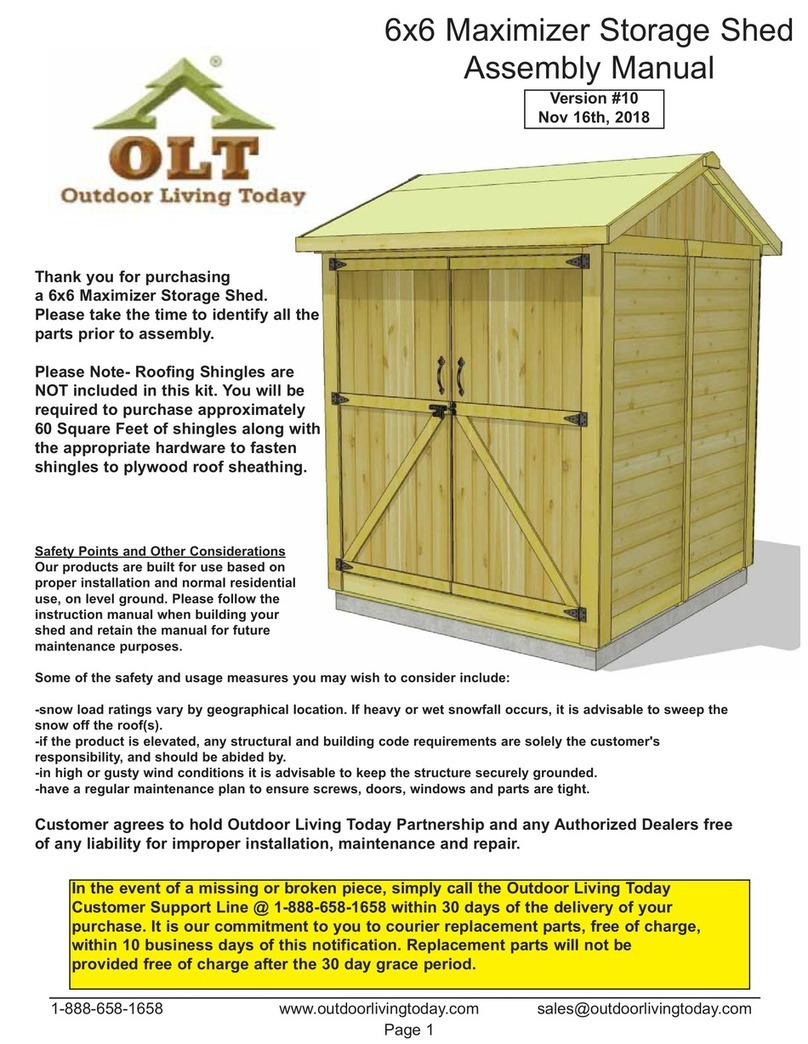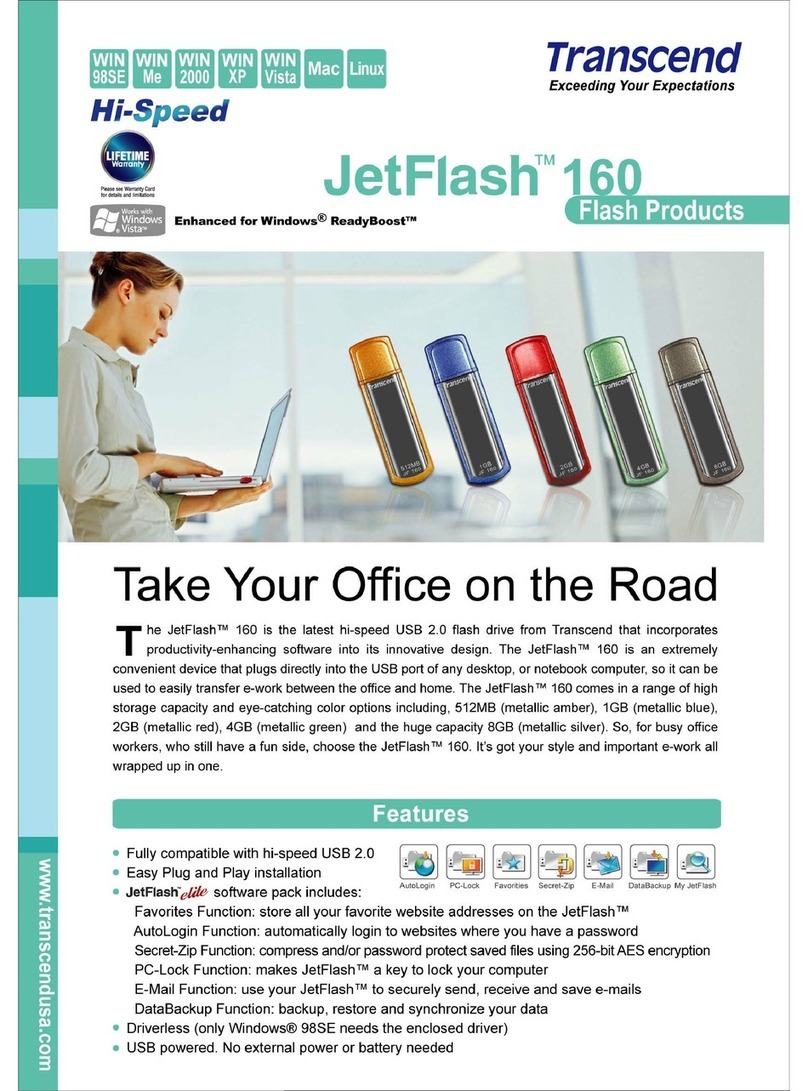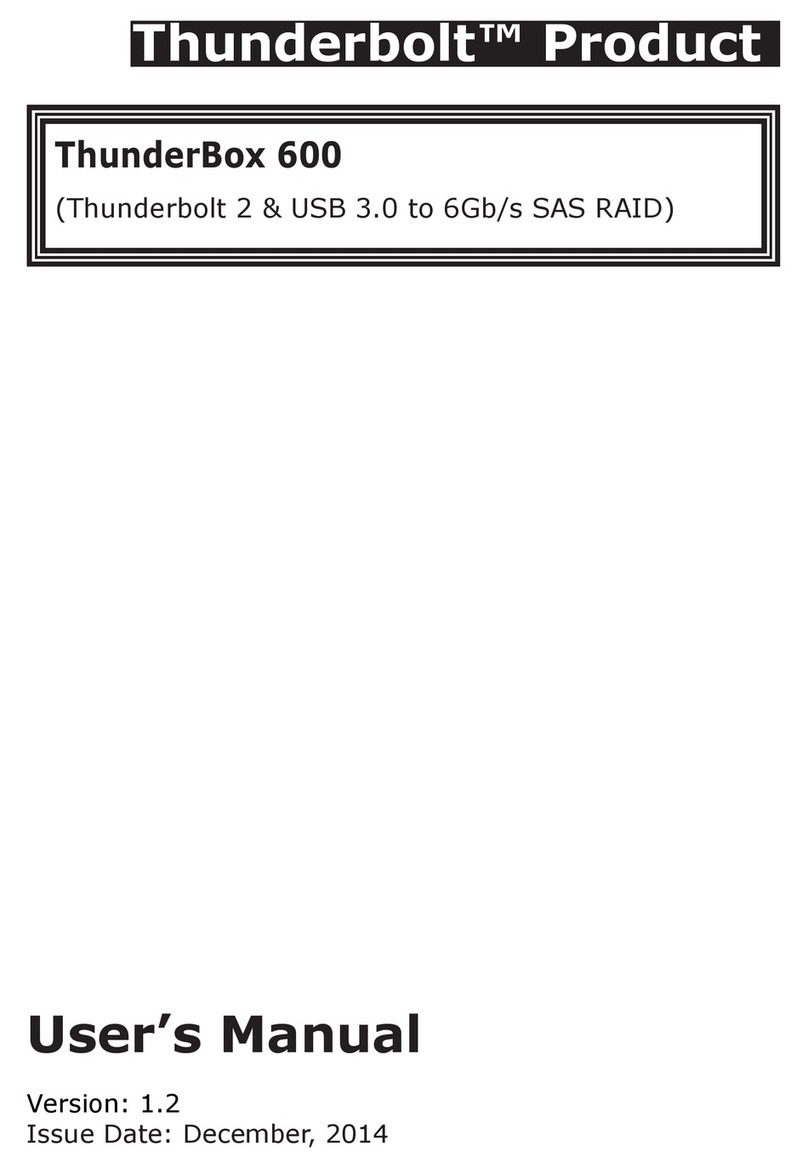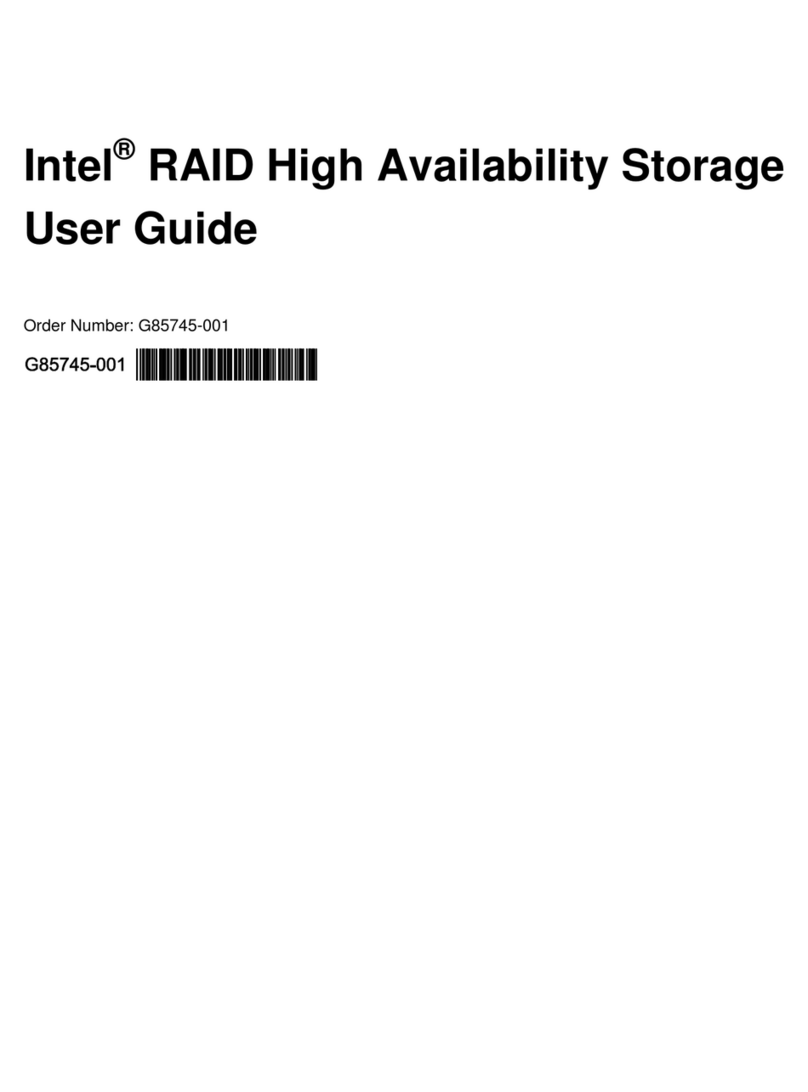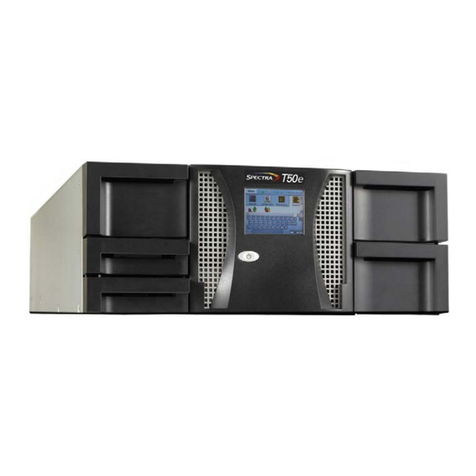This manual introduces PowerCube-H1/H2 from Pylontech. PowerCube-H1/H2 is a high voltage
Lithium-Ion Phosphate Battery storage system. Please read this manual before you install the battery
and follow the instruction carefully during the installation process. Any confusion, please contact
Pylontech immediately for advice and clarification.
Content
1. SAFETY................................................................................................................................................ 1
1.1 Symbol............................................................................................................................................1
Symbol in label ......................................................................................................................................2
2. SYSTEM INTRODUCTION.................................................................................................................... 6
2.1 Product Introduce.......................................................................................................................6
2.2 Specifications ...............................................................................................................................6
2.2.1 The parameter of system..........................................................................................................7
2.2.2 Battery Module (H48050, H48074) ..........................................................................................8
Battery Module Front Interface.......................................................................................................10
2.2.3 Control Module SC1000 (internal power supply)............................................................. 11
Definition of RJ45 Port Pin .................................................................................................................14
LED Indicators Instructions ................................................................................................................14
2.3 System Diagram.........................................................................................................................15
2.3.1 Multiple battery string parallel connection via CAN communication between
MBMS and BMS diagram (battery string qty. ≤6 sets) ...............................................................15
2.3.2 Diagram between BMS and battery modules: .............................................................15
3. INSTALLATION.................................................................................................................................. 16
3.1 Tools...............................................................................................................................................16
3.2 Safety Gear.................................................................................................................................16
3.3 System Working Environments Checking............................................................................17
3.3.1 Cleaning...................................................................................................................................17
3.3.2 Temperature............................................................................................................................17
3.3.3 Cooling System.......................................................................................................................17
3.3.4 Heating System.......................................................................................................................18
3.3.5 Fire-extinguisher System........................................................................................................18
3.3.6 Grounding System .................................................................................................................18
3.4 Package Items...........................................................................................................................19
Accessories...........................................................................................................................................19
Unpacking and check the Packing List: ......................................................................................19
3.5 Handling and placement.......................................................................................................21
3.5.1 Handling and placement of the battery module ........................................................21
3.5.2 Handling and placement of the rack..............................................................................21
3.5.3 The fix and installation of the rack ....................................................................................21
3.5.4 Control Module (BMS) and all Battery Modules install into the Rack......................22
3.5.5 Install the MBMS into a 19’ standard rack [On the top of BMS, or use the rack
